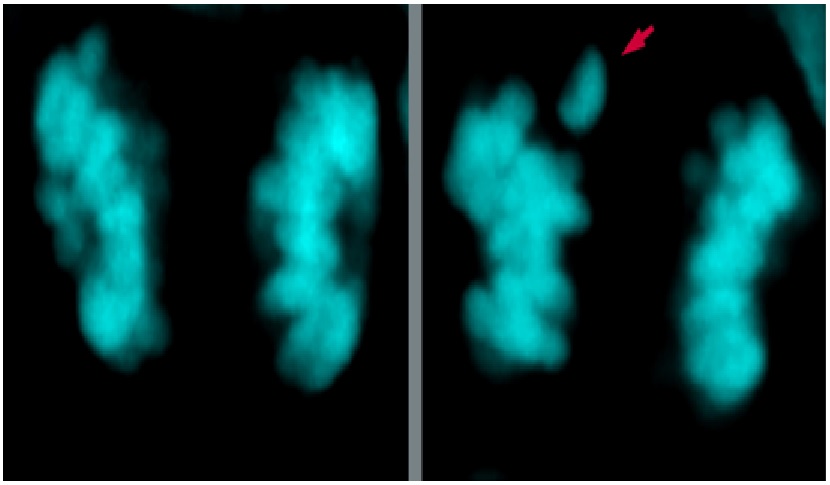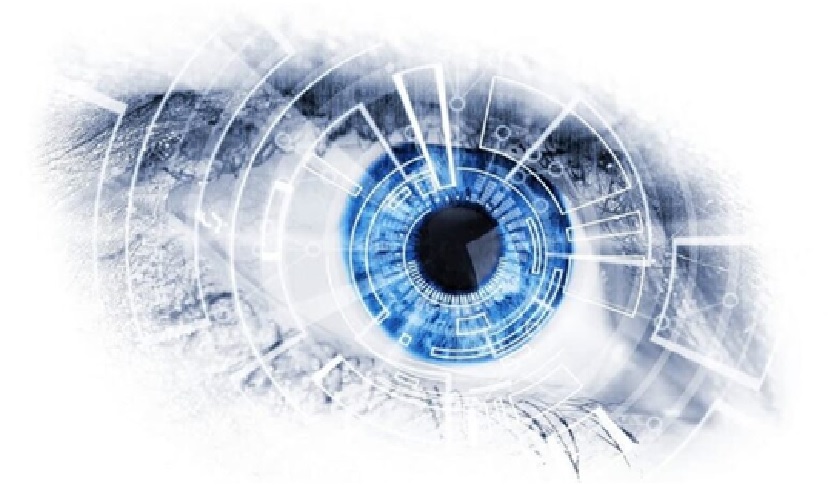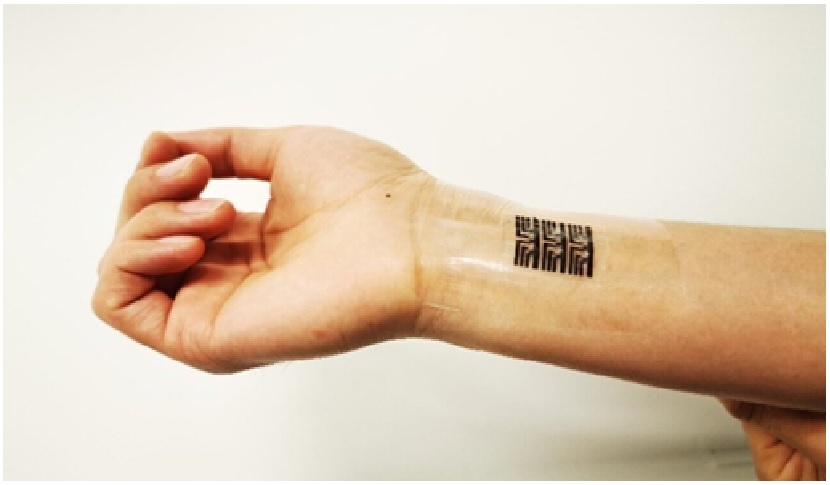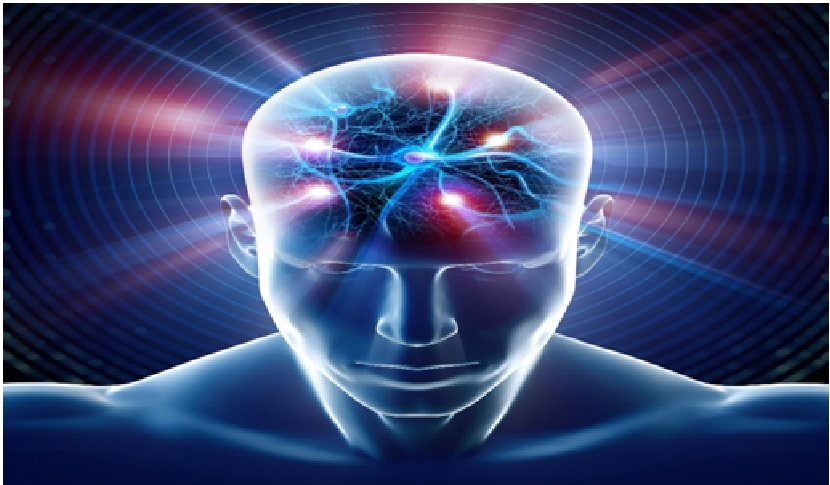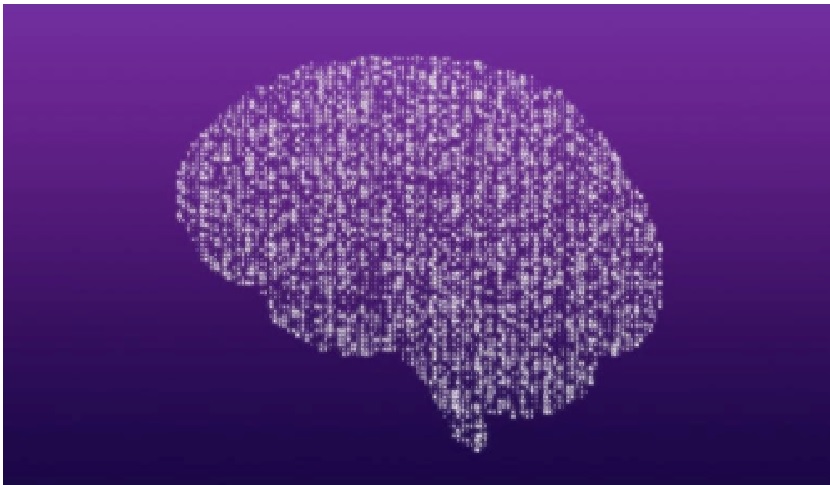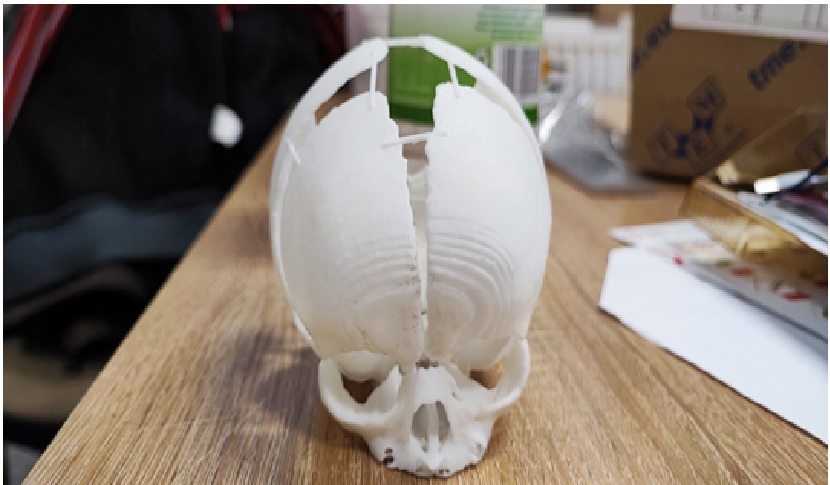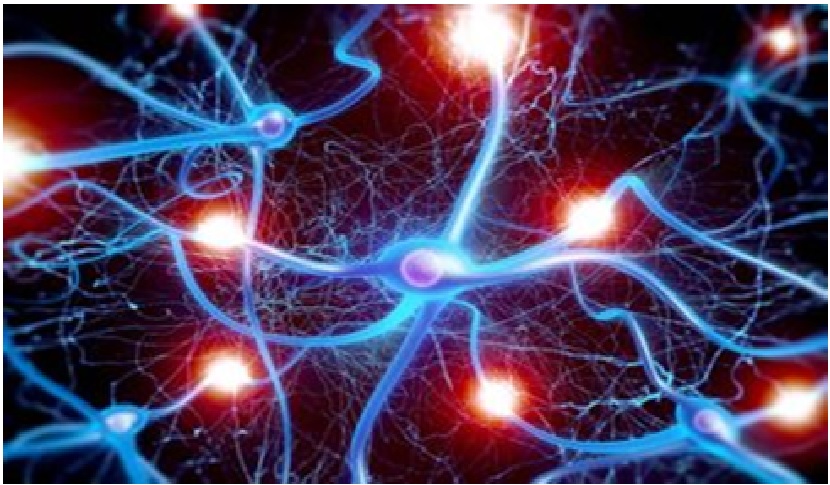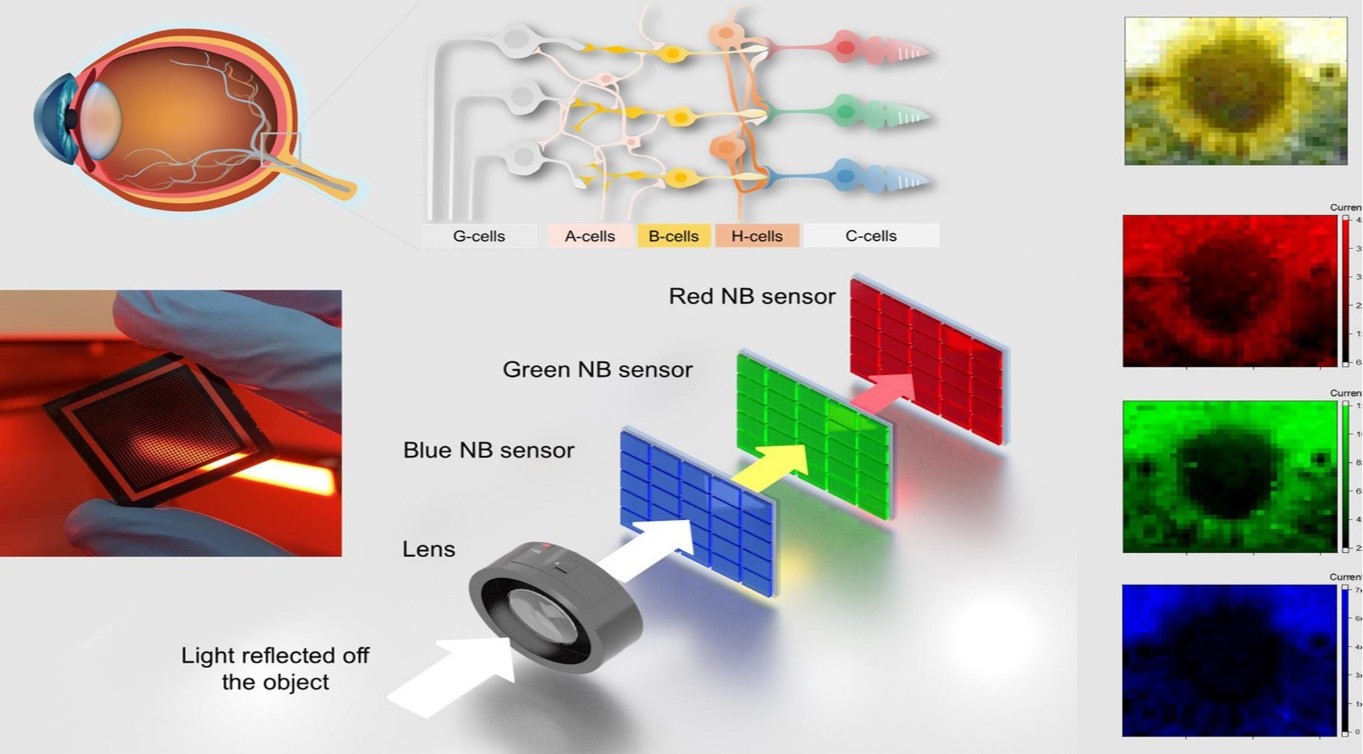Human Brain Developed Differently Than Neanderthals
Experiments on mice have helped scientists identify some key differences in the development of brains in modern humans and our closest relative, Neanderthals. After our ancestors split from the Neanderthals, some one hundred amino acids underwent changes and spread to almost all modern humans. The reason behind this change had puzzled scientists all this while. However, six of the amino acid changes were found to have occurred in the three proteins that are instrumental in distributing chromosomes or the carriers of genetic material to the daughter cells during cell division in our body. [1]
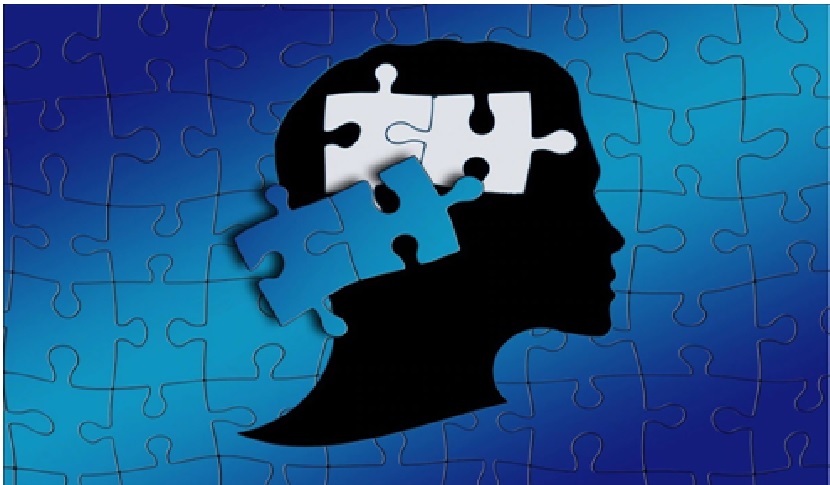
Figure 1. Human Brain Developed Differently Than Neanderthals
Figure 1 shows to investigate the significance of these six changes for neocortex development, the scientists first introduced the modern human variants in mice. Mice are identical to Neanderthals at those six amino acid positions, so these changes made them a model for the developing modern human brain. Felipe Mora-Bermúdez, the lead author of the study, describes the discovery: “We found that three modern human amino acids in two of the proteins cause a longer metaphase, a phase where chromosomes are prepared for cell division, and this results in fewer errors when the chromosomes are distributed to the daughter cells of the neural stem cells, just like in modern humans.” [2]
"In this case, metaphase became shorter and we found more chromosome distribution errors." According to Mora-Bermúdez, this shows that those three modern human amino acid changes in the proteins known as KIF18a and KNL1 are responsible for the fewer chromosome distribution mistakes seen in modern humans as compared to Neanderthal models and chimpanzees. He adds that "having mistakes in the number of chromosomes is usually not a good idea for cells, as can be seen in disorders like trisomies and cancer."
"Our study implies that some aspects of modern human brain evolution and function may be independent of brain size since Neanderthals and modern humans have similar-sized brains. [3]
In this case, the team noted that the metaphase was shorter while the number of errors in chromosome distribution was also more. Mora-Bermúdez described that the amino acids in modern humans were responsible for fewer mistakes in chromosome distribution. “Having mistakes in the number of chromosomes is usually not a good idea for cells, as can be seen in disorders like trisomies and cancer,” said Mora-Bermudez. [1]
References:
- https://gadgets360.com/science/news/parts-of-modern-human-brain-develops-slower-than-in-neanderthals-but-makes-fewer-mistakes-study-3208957
- https://www.mpg.de/19021613/0727-mozg-taking-your-time-makes-a-difference-brain-development-differs-between-neanderthals-and-modern-humans-151300-x
- https://www.sciencedaily.com/releases/2022/07/220729173145.htm
Cite this article:
Thanusri swetha J (2022), Human Brain Developed Differently Than Neanderthals, AnaTechMaz, pp.182


